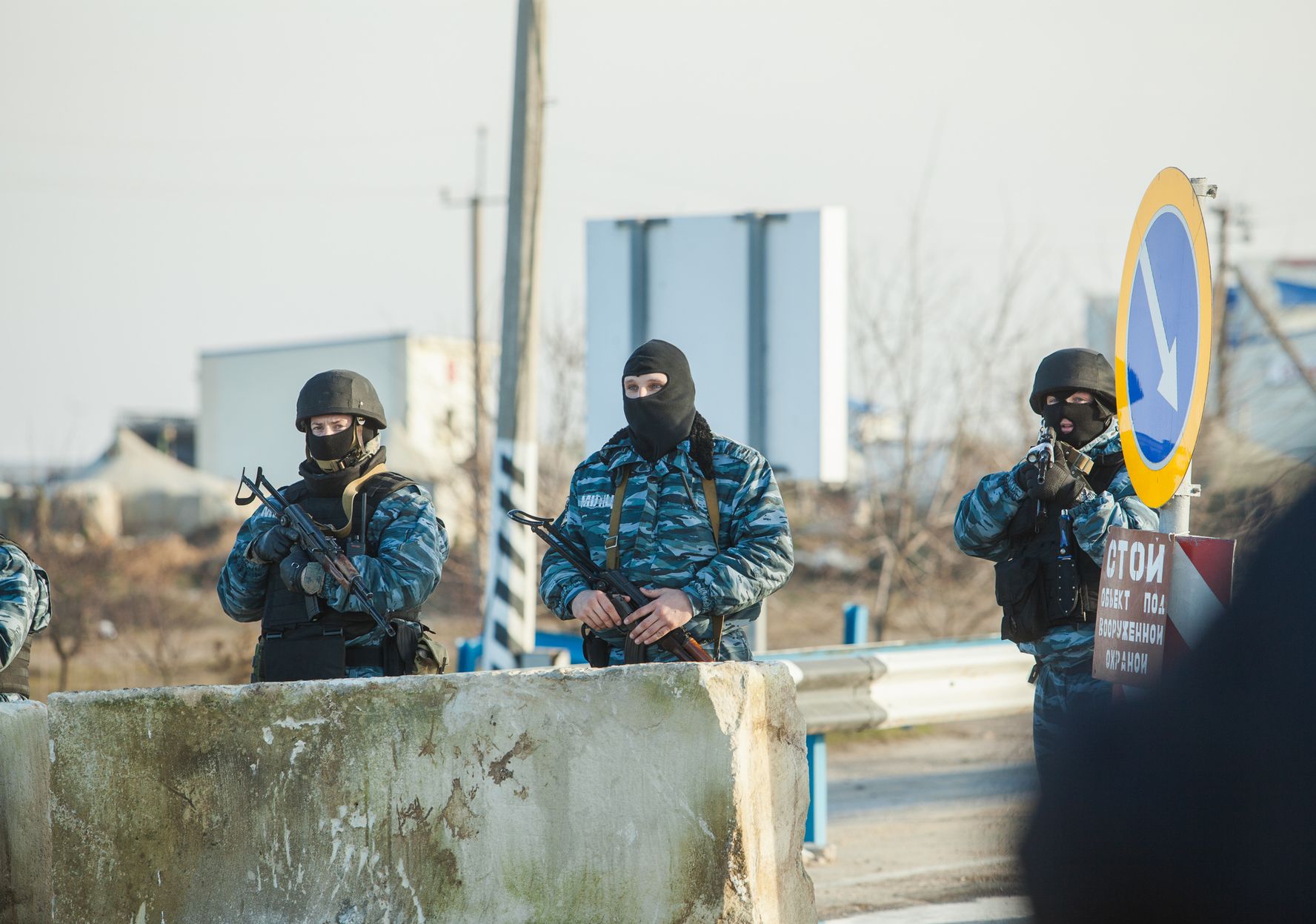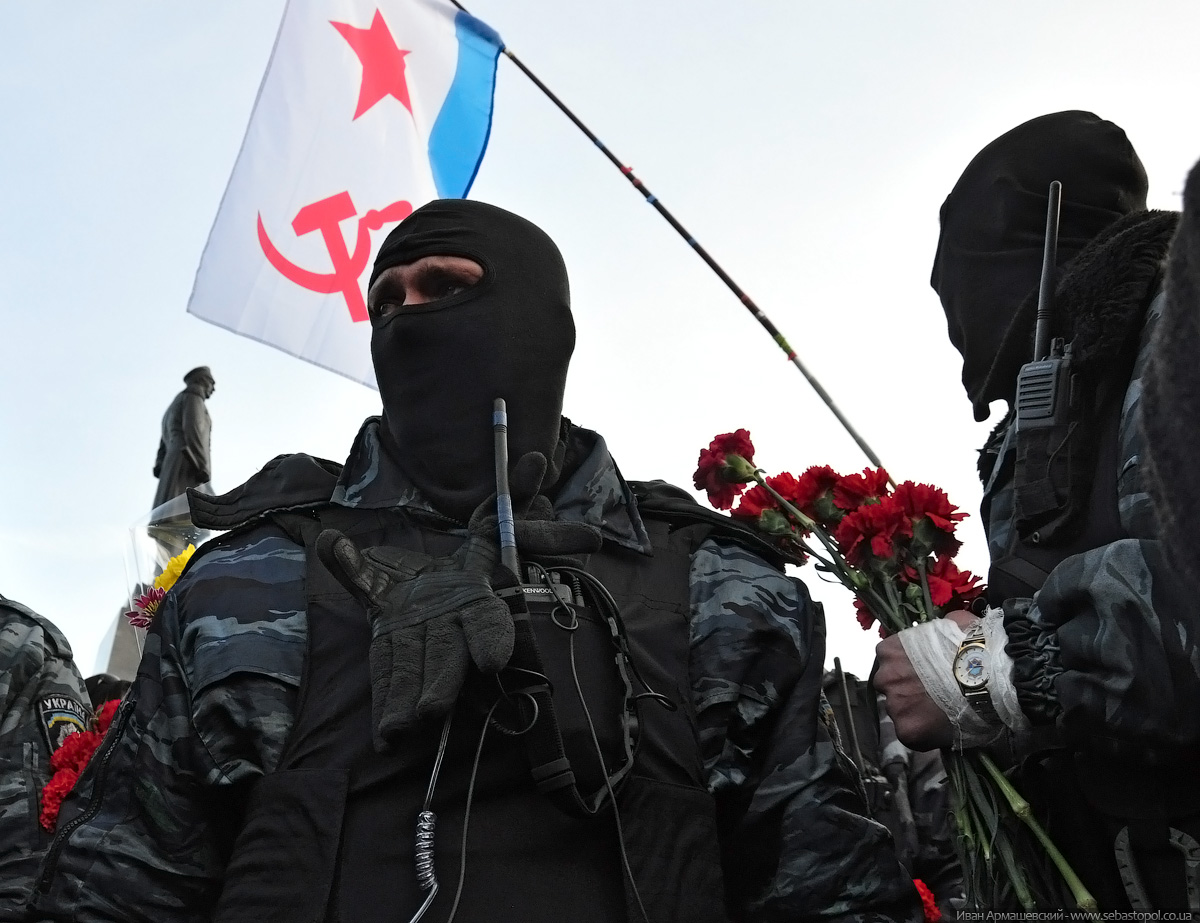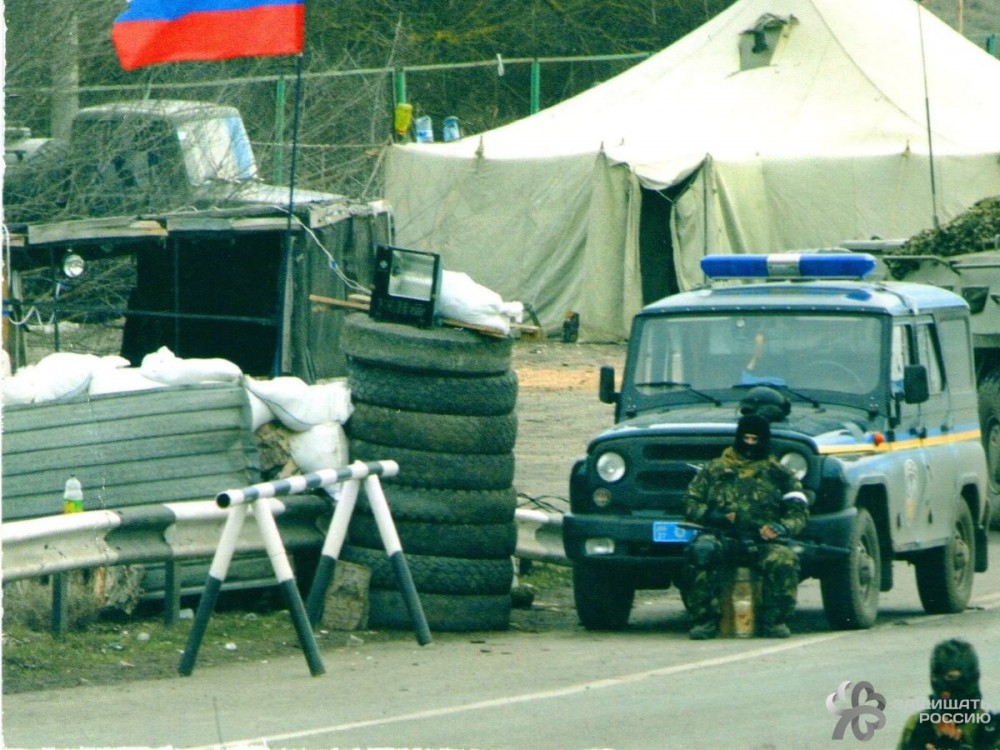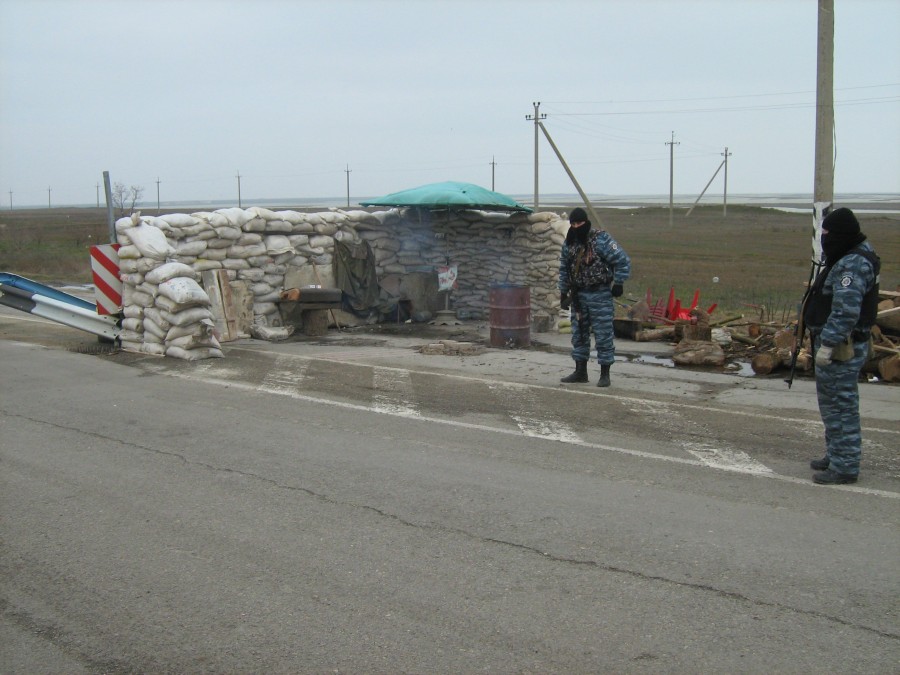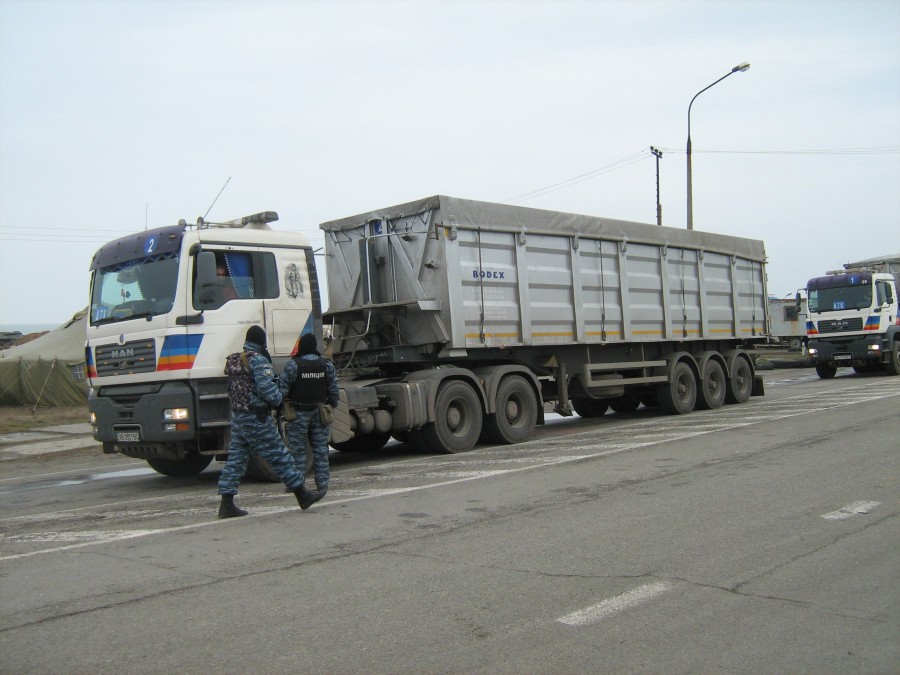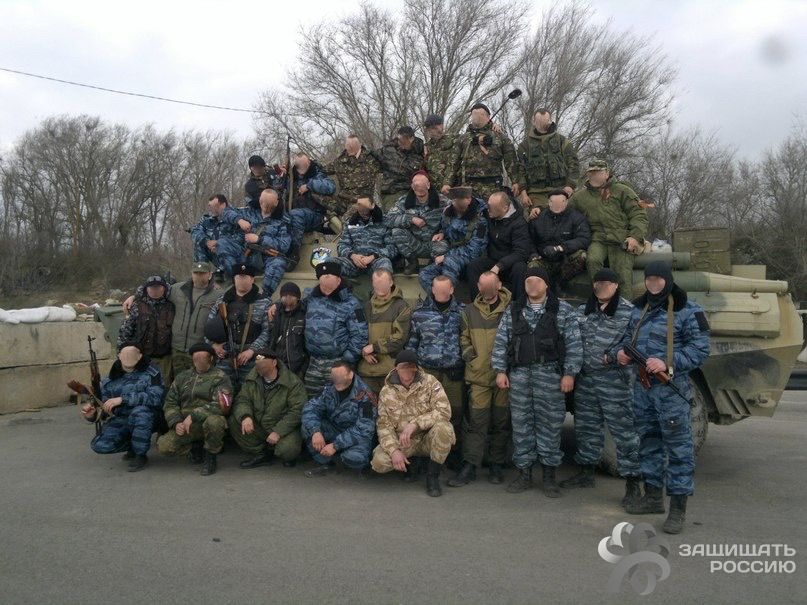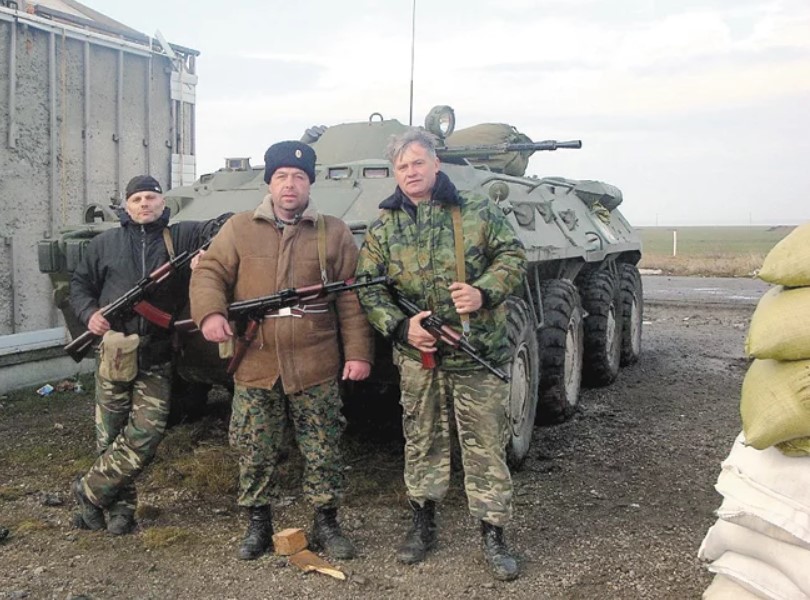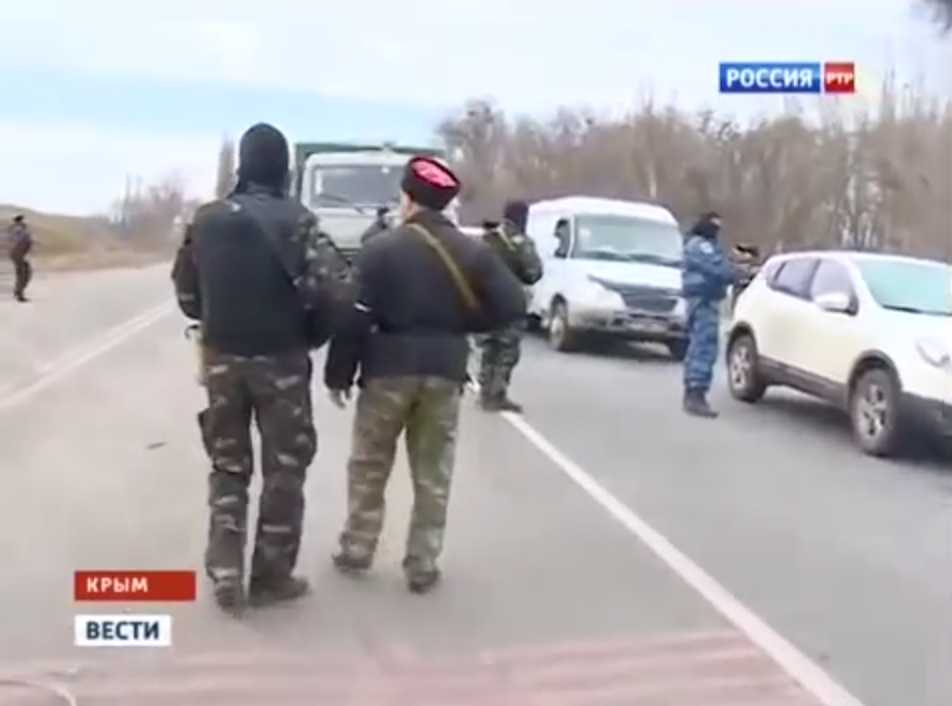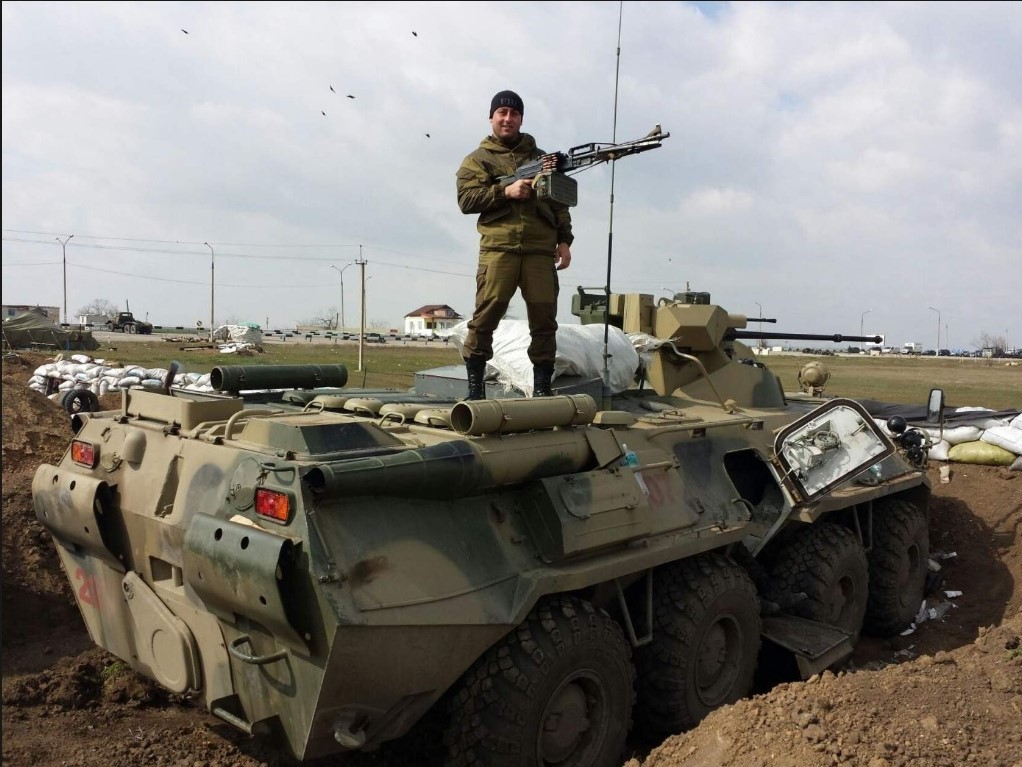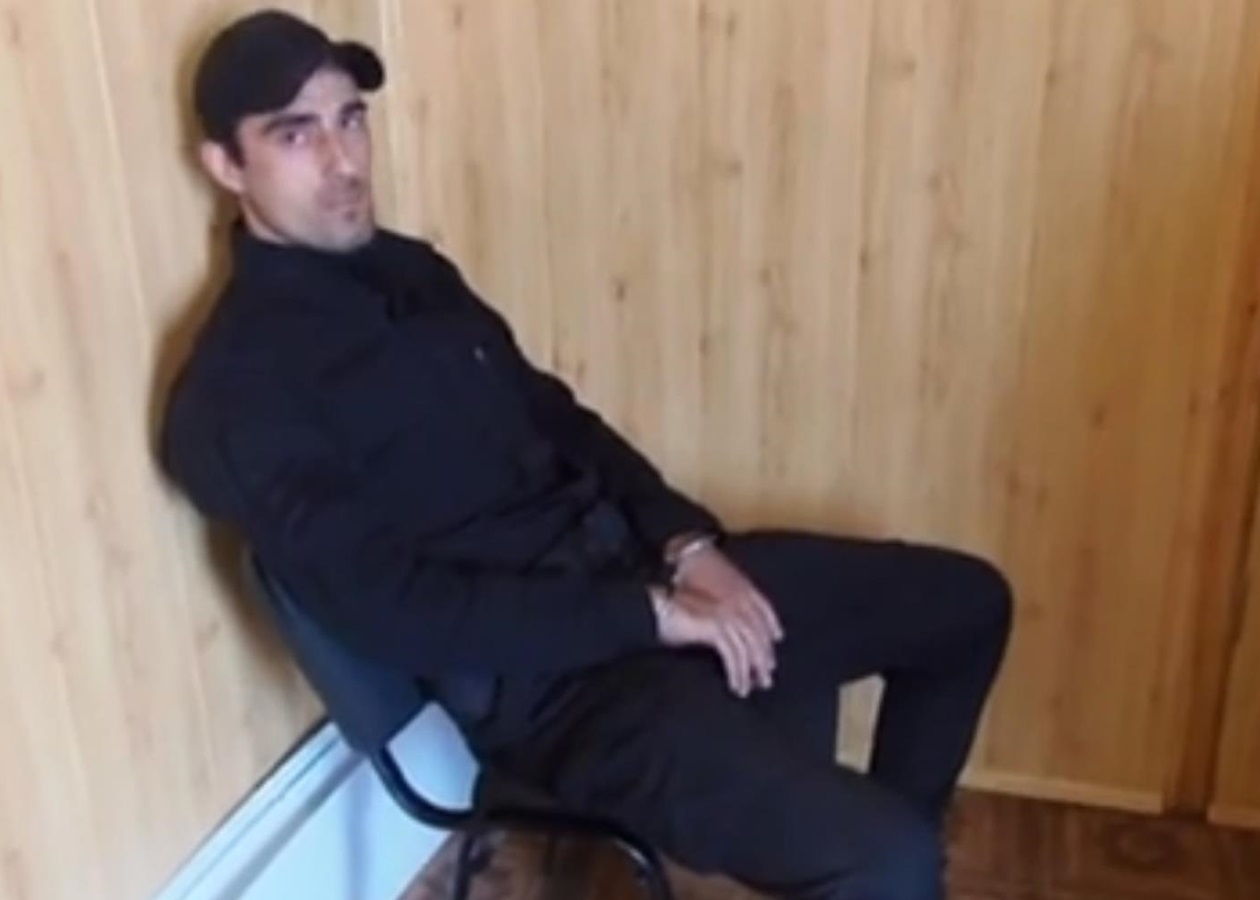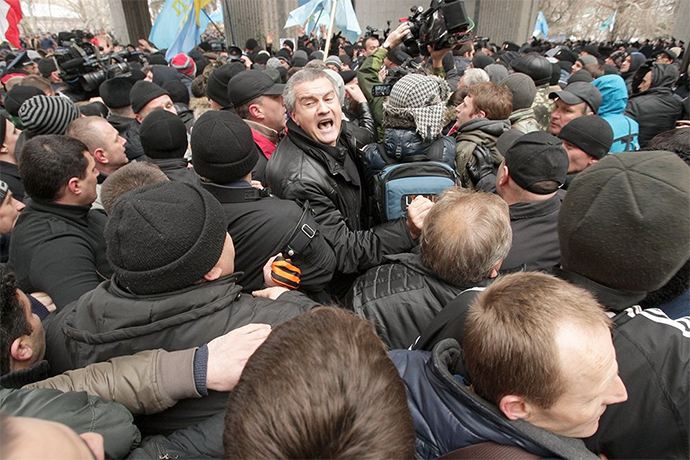The Crimean peninsula is connected to mainland Ukraine by the Perekop Isthmus that is only 8 km wide. To get to Crimea, one can go by road, rail, air or by sea.
Three main highways connect the peninsula with mainland Ukraine. The routes on the Perekop Isthmus run through Kalanchak and Chaplynka (Kherson Oblast). There is yet another one that goes across the bridge connecting Crimea with the Chongar Peninsula. And there are also other, less popular and convenient roads, which had been of little significance transit-wise even before the events of 2014.
Passenger rail link had two branches: across the Perekop Isthmus and the Chongar Peninsula. Civil aircraft would land in Crimea at the airports of Simferopol and, less frequently, Sevastopol (Belbek). Passenger shipping at the seaports of Crimea (Yalta, Sevastopol) was primarily of recreational rather than transit importance.
Russia is separated from Crimea by the Kerch Strait. Before the construction of the road and rail parts of the Crimean Bridge in 2018-2019, traffic by these modes of transportation would go by ferry between the ports of Kavkaz (Russia) and Krym (Ukraine).
To control the passenger traffic through regular channel (planes, ships, trains, buses), one would need to take control of the airports, seaports, railway and bus stations in Crimea. Personal cars and official road vehicles are something else entirely. These needed to be intercepted on the main routes connecting Crimea with Kherson Oblast.
 Administrative border of the Autonomous Republic of Crimea and Kherson Oblast
Administrative border of the Autonomous Republic of Crimea and Kherson Oblast
 2014-02-27
2014-02-27
